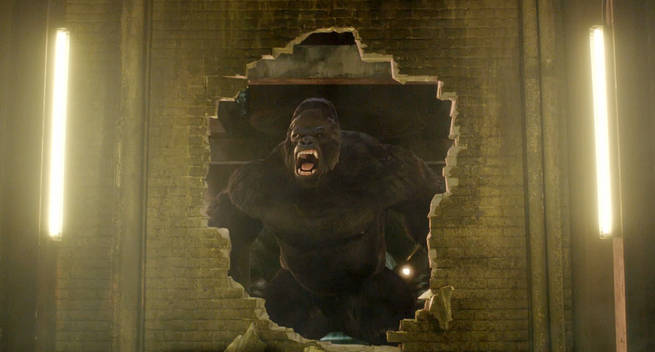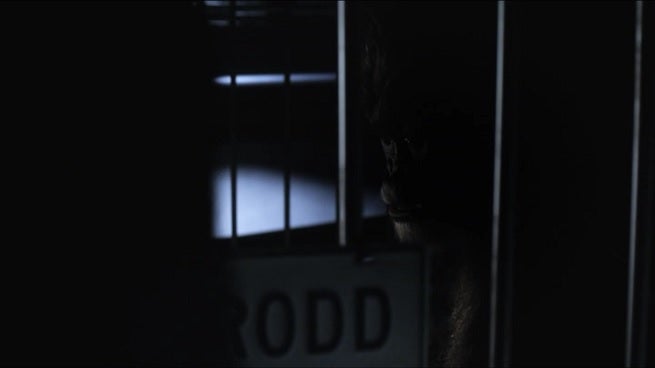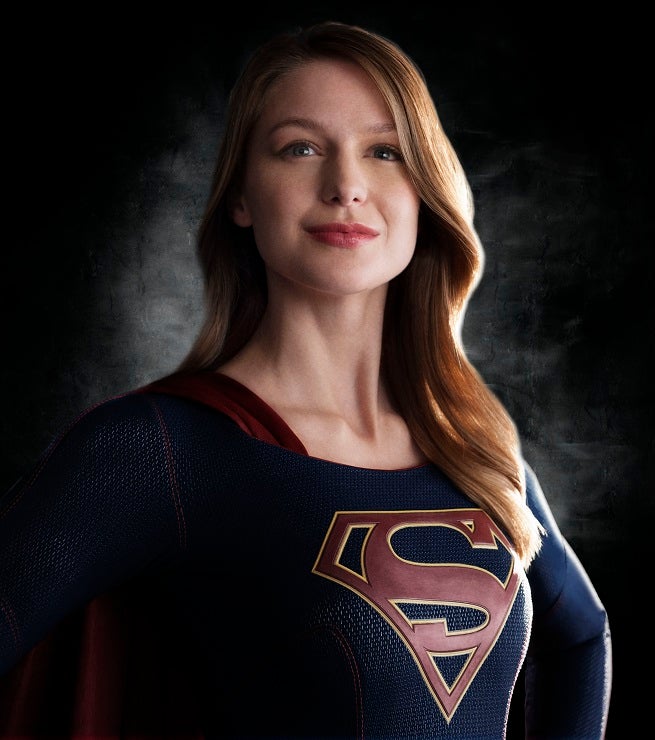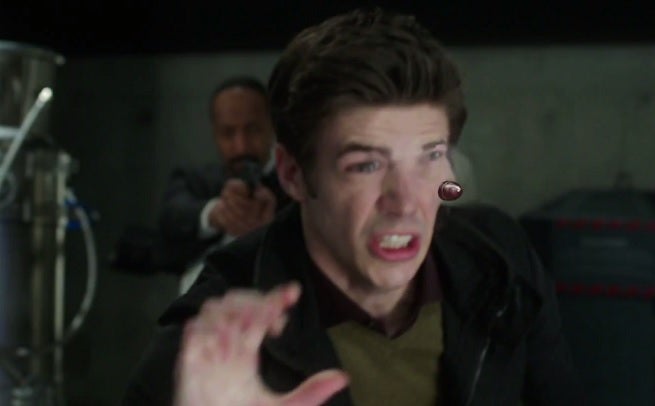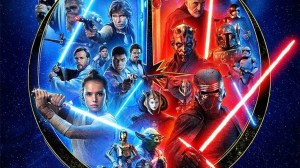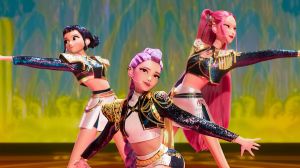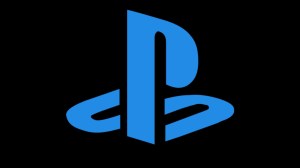Videos by ComicBook.com
Teased in the first episode and then periodically throughout the season, the classic DC Comics villain made a splashy first “full” appearance last week, and while social media was lavishing in the fact that The CW somehow succeeded in making a believable, menacing, eight-foot-tall psychic gorilla happen, we were wondering how much work went into the process.
The Flash‘s visual effects chief Armen Kevorkian joined ComicBook.com to discuss his process, the challenges facing his team and, of course, how he managed to make the gorilla in the room…work.
We had discussed Grodd in the beginning of the season, so we were slowly kind of looking into it. It wasn’t until I think it was Episode 12, the first time we showed him. And we knew that there were certain details you weren’t going to be seeing because it was very dark and all that.
So since then, we’ve improved on him as well, knowing that he was going to be featured in [an episode]. So it hasn’t been that long, but we’ve had a little more time than most episodes just on his asset, basically.
Can you walk me through what is a normal episode for you? How far in advance do you know what you have to do versus when you actually get the footage and can start doing it on a practical level?
It actually depends on the episode. Our writers have been really good this year as far as giving me a heads-up on some things that are coming down the pike. So we can start on some things, at least the R&D part of it. A good example is once I did the pilot, Greg, Andrew and Geoff Johns told me that there is going to be an episode with a train crash — that we do when we introduced Captain Cold.
So I knew in advance to build a train asset, so that gave us a head start on some aspects — but the work itself begins when you get the actual footage, so the time is still crunched. But we do get a good heads-up on some assets we can build, like Grodd, or if there’s a person coming in with powers who can do this or that. So they’ve been really good to us in that way.
Would you say that Grodd has been the biggest project of the year, or is there something less obvious that just was a time sink?
He’s challenging, I’ll tell you for a number of reasons. Obviously, there’s a lot of eyes on something like that when you do it for television, you know, doing an animated gorilla, especially coming off a year when Planet of the Apes did what they did. So the challenge is more internal, where you’re nervous or like “How are we going to pull this off?”
But again, I think with planning — and we’ve got an amazing team of talented artists — you sort of figure out as you go, what’s the best way to do this with the time and resources that you have.
SupergirlWe do The Flash, we finished the Supergirl pilot and we did a little thing for them for something else that’s coming up.
It strikes me that a lot of these shows have very different needs. When you come into something like The Flash and you realize that so much revolves around speed, do you ever get into a total comfort zone on that key aspect, or is it always trying to improve that thing even as you’re building other stuff?
Yeah, I think you’re never really in a comfort comfort zone. You do get a little more comfortable with effects that are in every episode, but you always want to improve and try new things. With your normal schedule, you’re not allowed to play too too much, but then when you do run into a little bit of downtime, you say hey, let’s try this and see if it works out or not.
So yeah, do you get into a comfort zone but you also want to challenge yourself to see if you can improve on something that’s already been worked on.
Especially with that element of it, you had two different versions of Quicksilver in feature films this year that had very different takes on the speed, both of which were very different from what you guys are doing on The Flash. With something where there’s a lot of that in popular culture, do you look to that to see if they’ve thought of something you didn’t, or is your focus mostly on improving what you’re already doing?
We try to keep everything as original as possible within our world. I mean, you definitely look at those things and they’re great reference and it’s interesting to see what other creative people who do the same thing you do have come up with in their take on super-speed.
I think because the actual characters are so different, it’s hard to take one aspect from one and apply it to the other. They did Quicksilver in X-Men: Days of Future Past a little bit different from Age of Ultron, and The Flash is kind of special in that his speed and the Speed Force are such a big thing in the DC Universe and you can’t really take from that world and apply it in our world.
Oh, absolutely. And early on, when I was first brought onto the pilot and we were in prep, you kind of go through the science of everything first and then you realize that ultimately what it comes down to is what’s pleasing visually even if it’s not accurate scientifically.
I know a lot of people have commented, for example, when he does save someone at that speed, technically they would die or get hurt or whatever. But again, if it’s visually working and it’s in our world of the rules that we’ve established and it’s visually pleasing, then it’s okay.
So you start with what’s real and then you realize that ultimately, it doesn’t matter. It’s what going to look cool.
CrisisI totally agree with you. I do think about things like that. It’s the same kind of thought that you had with Grodd; coming off of movies and really good commercials that have done CG apes, a character like that, or any other aspect of the Flash’s books and the things that they’ve established, you do start thinking what would be visually the best way to represent that.
And again, our creatives have been really good to give us a heads-up, so it’s not a last-minute thought where we’re thinking about it just in prep and then we shoot it and a few weeks later we get the footage and we have to come up with something that everyone’s going to be happy with.
I think ultimately, it’s pleasing everybody else. Even more than the studio or the network, I think it’s the fans that have to be happy with it for the most part for us to know that we’re doing our job right.
How much do you engage with social media? Do you pay attention to what people think is working and not working?
We pay attention to it quite a bit. I think right now with the current state of things it’s very important to, to see how the masses are reacting to what we’re doing to keep us up to the level of standards that everybody is used to. So we do. We pay attention to that kind of stuff.

